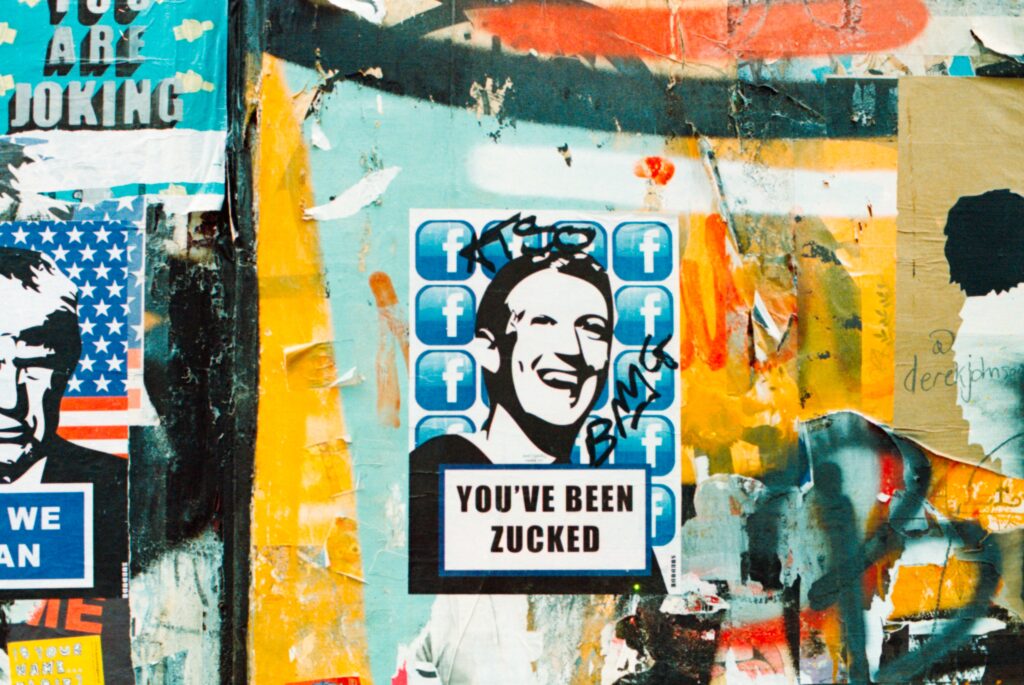Has the take-up of this new online world for companies been as successful as hoped?
About a year ago, the metaverse was about to land and blow our minds.
Tech behemoths such as Facebook and, increasingly, the people behind them, were throwing oodles of time, money and other such resources in trying to create this new vision.
The social media company itself even reinvented itself as “Meta” and invested $10bn in attempting to create it. Mark Zuckerberg remains confident that the concept will bear fruit in a five-to-ten year horizon, blithely adding that “skepticism doesn’t bother me that much”.

Who’s winning? Who’s losing?
At first brands and companies piled in on the excitement, anxious not to appear out of date and eager to jump onto the next digital trend.
Fashion and sports brands have definitely benefited from this area. Virtual storefronts and showrooms allow businesses to showcase their products in a unique and interactive way, allowing customers to engage with them in a more immersive manner. Nike filed patents for virtual sneakers and showed interest in developing virtual products for metaverse platforms, while Adidas has partnered with various metaverse platforms and artists to create virtual fashion items and experiences.
Gucci has already created virtual fashion shows and Louis Vuitton has experimented with virtual fashion, including creating a virtual fashion game and a virtual fashion show for their 2021 Cruise collection.
The metaverse has also helped the gaming community thrive. Games like Fortnite and Minecraft have already created virtual worlds that have gained immense popularity and attracted millions of players. These virtual worlds offer a range of activities, from building structures to exploring new environments, and players can interact with each other, creating new social networks within the metaverse.
Education is another area that has been allowed to flourish with the metaverse. Virtual learning environments and classrooms provide students with a more engaging and interactive experience. They can simulate real-world scenarios, allowing students or learners to gain information in a more practical and hands-on way. Additionally, the metaverse allows students to connect with teachers and classmates from anywhere in the world, breaking down some traditional barriers to education.
All doom and gloom?
There’s already evidence that some companies haven’t had the required beneficial actions with the metaverse as hoped. The Decentraland Fashion Show, which had 108k attendees in 2022, dropped to 23k this year.
As much as it’s helped the gaming community, Second Life has faced controversy over issues of user safety, moderation, and virtual property rights while Roblox was accused of mishandling information particularly with regards to child safety.
With the rise of e-commerce and the potential for virtual storefronts in the metaverse, traditional retail positions and bricks and mortar shops may find it challenging to compete with the more immersive and interactive shopping experiences available in the virtual world.
Competition from the real world hasn’t helped either, where inflation, energy prices and supply chain difficulties have meant people are inclined to spend less on earthly goods and consumerist items and instead opt for artificial ones on investments such as NFTs.
There’s no doubt that the metaverse can offer a range of new opportunities for numerous audiences, industries and companies, but some will still face challenges in adapting to this new virtual world unless they can learn to adapt and embrace it.




